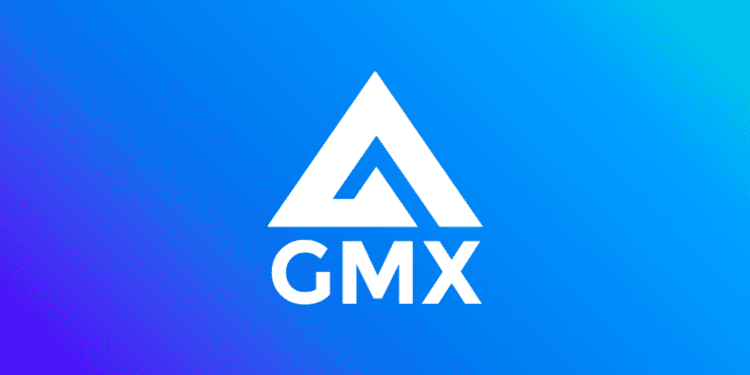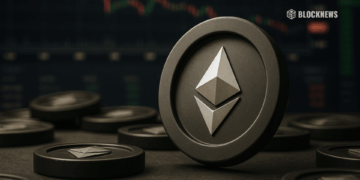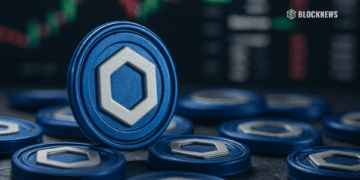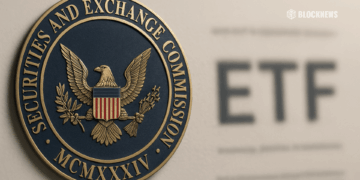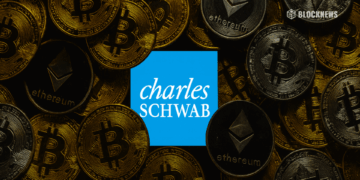Chainlink’s low-latency oracles will be incorporated by the decentralized exchange GMX to enhance security and provide real-time market data.
- Chainlink low-latency oracles will be used by decentralized exchange (DEX) GMX to provide GMX v2 with more precise real-time market data.
- This kind of oracle has been used by perpetual DEXs before; Synthetix did so before GMX.
Announcement
Following a governance proposal that token holders voted on and supported, GMX, a decentralized exchange (DEX) built on the Ethereum blockchain, has successfully integrated Chainlink’s low-latency oracles. The proposal was approved by more than 96% of the participating GMX token holders.
To give GMX v2 more precise real-time market data, GMX’s primary contributors worked together to create the GMX-tailored, low-latency oracle feeds. The new oracles seek to strengthen security, further decentralize the protocol, and enhance user experience while enhancing the functioning of perpetual DEXs and price-sensitive trading on GMX.
The new oracles extract data at a higher frequency. They will offer a high level of tamper resistance when settling user trades, according to Chainlink Labs’ head of integration Johann Eid. As the GMX protocol develops and grows, Chainlink will continue to improve its oracle services, according to Eid.
Benefits of Chainlink Oracles for GMX
More real-time market information will be sent to GMX v2 by Chainlink’s low-latency oracles. As a result, GMX traders can base their trades on the most recent pricing information and make better selections. The new oracles will also boost the price feeds provided by GMX, which are crucial for trading on a decentralized exchange in terms of accuracy.
For a DEX like GMX, the Chainlink oracles’ heightened security is essential. Hackers frequently target decentralized exchanges, and interfering with price feeds can be a typical attack strategy. Chainlink’s oracles offer a more waterproof option for settling user trades, enhancing the platform’s overall security.
Incorporating Chainlink’s low-latency oracles is also anticipated to enhance GMX users’ experience. A better trading experience will emerge from traders being able to execute transactions more quickly and effectively with more real-time market data.
GMX’s Integration of Chainlink Oracles
Chainlink’s low-latency oracles have previously been incorporated into other decentralized exchanges, like GMX. Before GMX, Synthetix, an on-chain derivatives platform, integrated a comparable solution. However, The DEX’s incorporation of GMX’s Chainlink oracles is a crucial milestone in its efforts to enhance its usability and security.
On the Arbitrum testnet, the beta version of GMX-tailored, low-latency oracle feeds is currently accessible. Chainlink will be compensated for the service with 1.2% of the protocol fees produced by the GMX protocol’s low-latency oracles. Users’ margin trading expenses, as well as customary borrow and swap fees, are included in this.
Conclusion
To enhance its usability, security, and user experience, the DEX needs to integrate Chainlink’s low-latency oracles into GMX. The oracles will give GMX traders access to additional real-time market data, increase the precision of GMX’s pricing feeds, and offer a more tamper-resistant method of settling user deals. GMX traders should anticipate an enhanced trading experience on the DEX now that the beta version of the GMX-tailored, low-latency oracle feeds is accessible on the Arbitrum testnet.


